Steve McCurry Discusses His New Book of Spiritually Inflected Images
In the realm of contemporary photography, few names evoke the same level of depth and emotion as the work of Steve McCurry. Renowned for his captivating portraits and evocative photojournalism, McCurry's lens has captured the essence of humanity in its most authentic form. From the bustling streets of India to the remote villages of Afghanistan, his images have transcended geographical borders, resonating with audiences worldwide and leaving an indelible mark on the collective consciousness.
With a career spanning over four decades, Steve McCurry has traversed the globe, bearing witness to some of the most defining moments in recent history. His iconic photograph Afghan Girl, featured on the cover of National Geographic in 1985, remains one of the most recognizable and celebrated images of all time, symbolizing resilience and beauty amidst adversity.
Born out of a passion for storytelling and a profound curiosity about the world, McCurry's body of work reflects a deep empathy for his subjects and a commitment to capturing the human experience in all its complexity. Whether documenting the plight of refugees, the vibrancy of cultural traditions, or the quiet moments of everyday life, his photographs are imbued with a sense of intimacy and authenticity that transcends language and culture.
McCurry's recently published book Devotion: Love and Spirituality takes us on a visual odyssey across continents and cultures, revealing the universal threads that bind us all. It not only encapsulates his lifelong dedication to documenting the human condition but also invites us to witness moments of profound connection and reverence, from the sacred rituals of Buddhist monks in Myanmar to the quiet devotion of worshippers in Indian temples. Through his lens, everyday scenes are transformed into transcendent tableaus, where the divine intersects with the ordinary, and the human spirit shines forth in all its splendor. As in his entire oeuvre, color plays a vibrant role in these photographs—the saturated green of a Yemeni clover field, the bright crimson cloth held aloft by a Namibian shepherd boy, the pink procession in McCurry’s famous photograph of nuns walking the rain-mirrored streets of Yangon.
The release is being celebrated in a current solo show at Cavalier Gallery, which brings together over 30 iconic works. Visitors to the exhibition are greeted by the book’s cover image, the 1994 photograph depicting Buddhist monks at the famous pilgrimage site in Myanmar. The centerpiece of the installation is a wall of eight portraits, faces across time and place, in various seasons of life, marked by personal narratives, yet all exhibiting an arresting sense of self through McCurry’s lens. The exhibition, running until March 30th, 2024, showcases McCurry's ability to capture the human spirit in its many forms.
As we sit down with McCurry for an exclusive interview, we delve into the essence of his latest photographic release and the motivation behind it, exploring the stories behind his most captivating images and his enduring commitment to capturing the beauty and complexity of our shared humanity.
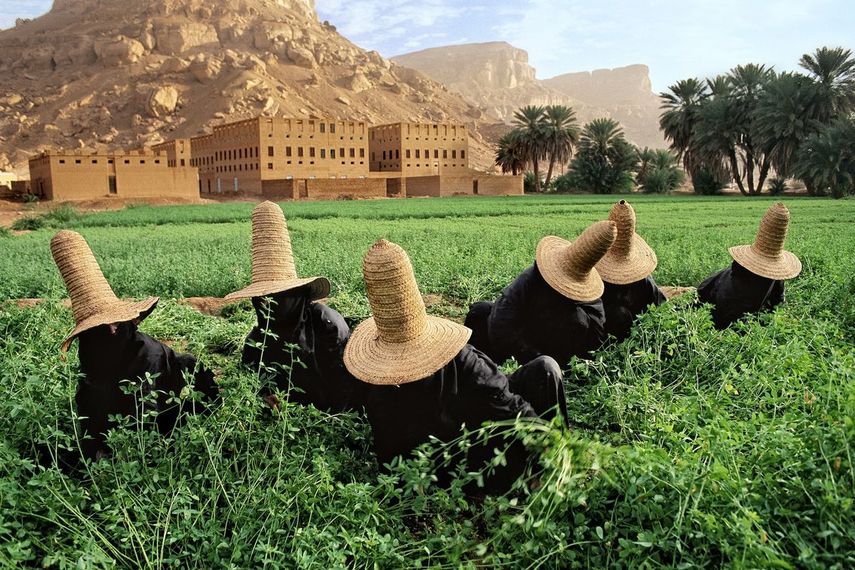
Charting Images of Devotion
Widewalls: Your recently released book, Devotion: Love and Spirituality, is a powerful collection of spiritually inflected images captured throughout your career. What inspired you to curate this particular body of work?
Steve McCurry: In my most recent book, Devotion, I've continued to explore the timeless themes of humanity, culture, and the human condition. While my focus remains steadfast on capturing the beauty and diversity of our world, I'm always open to evolving perspectives and new subjects that inspire me, ensuring that my work remains relevant and resonant with audiences.
Widewalls: The photographs in the book span many places and many decades of your rich career. Could you elaborate on the selection process and considerations that guided your choices?
SM: I have hundreds of thousands of images in my archive, all tagged. And I remember the situations, the places on my travels that fit the theme. So, l go through the pictures again and again with that in mind.
Widewalls: These photographs capture moments of devotion from various cultures worldwide, spanning many forms, such as spirituality, selflessness, loyalty, and faithfulness. How do you approach capturing the essence of devotion in your images, regardless of cultural differences?
SM: You need to evaluate what you are photographing case by case. We don't want to be judgmental about a culture. When you look at life in general, there are certain times you will ask yourself about a situation and if kindness and dignity are respected and represented. As a thinking person, you must ask these questions.
Widewalls: The book release is currently being celebrated with an exhibition at Cavalier Gallery. Could you tell us something about the exhibition and the selection of works on view?
SM: I have worked with Cavalier Gallery for more than a decade and have found them to be consummate professionals and excellent venues for exhibitions of my work. The selection of photographs covers my entire career span, and I am proud of the works they selected to show at their exhibition in New York.
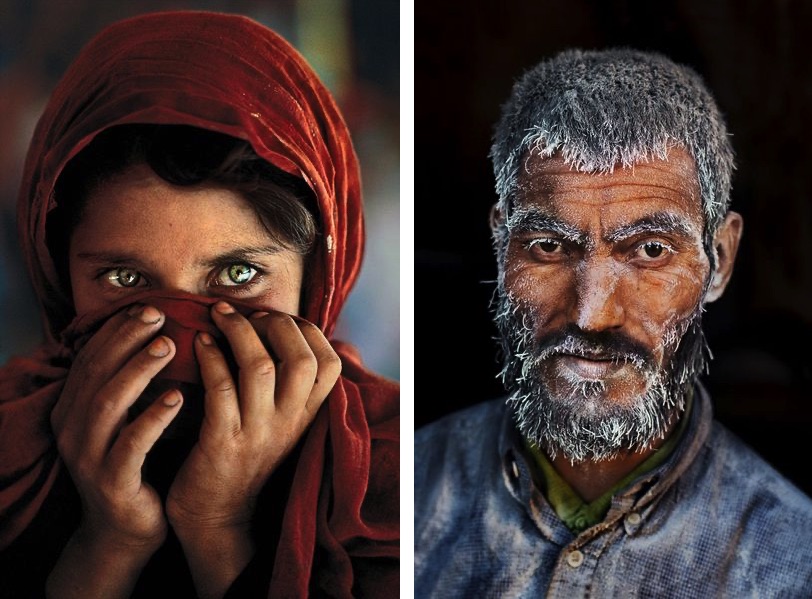
Telling Stories on the Human Condition
Widewalls: The aspect of storytelling is integral to your photography practice. How do you perceive the narrative potential of the medium?
SM: For me, photography is about telling stories, whether it's portraiture, human behavior, or how we live on this planet. From my early days of photography, I've always felt the influence of André Kertész, Walker Evans, and Henri Cartier-Bresson, whose works demonstrate that profound and universal storytelling is considered art. It’s about the feel of the place, the emotion, and a personal point of view. One of the interesting things about photography, one of the pleasures of looking at pictures is we can come up with our own interpretation, our own imagination about what a picture means. I think, ultimately, we each have our own interpretation and our own narrative of any work of art. Another person will not see an image the way I do, just as I will never interpret an image the way another person will. It’s all a very personal experience.
Widewalls: Throughout your practice, you have been striving to capture the universality of the human condition. What do you think are the common threads that connect people across cultures, societies, and geographical boundaries?
SM: I’m interested in people, how people are different, yet how people are the same. We all dress differently and speak different languages, and maybe have different religions. But fundamentally we still have this sort of common shared humanity, this commonality. That difference is what fascinates me.
Widewalls: You have been traveling the globe and capturing the human condition for over four decades. Could you share insights into your process of relating to and working with your subjects, particularly in culturally diverse settings? Also, are there some encounters that particularly stuck with you?
SM: Most of my images are grounded in people. I look for that unguarded moment and try to convey some part of what it is like to be that person, or in a broader sense, to relate their life to the human experience. We humans connect to each other using eye contact — there is a real power in that shared moment of attention when you catch a glimpse of what it must be like to be in their shoes. I think this is one of the most powerful things about photography, to relate that sensation.
The best way to capture the essence of a person is to treat them with respect. Establish a friendly smile. Most people like to be photographed. You need to make them comfortable around you, with humor.
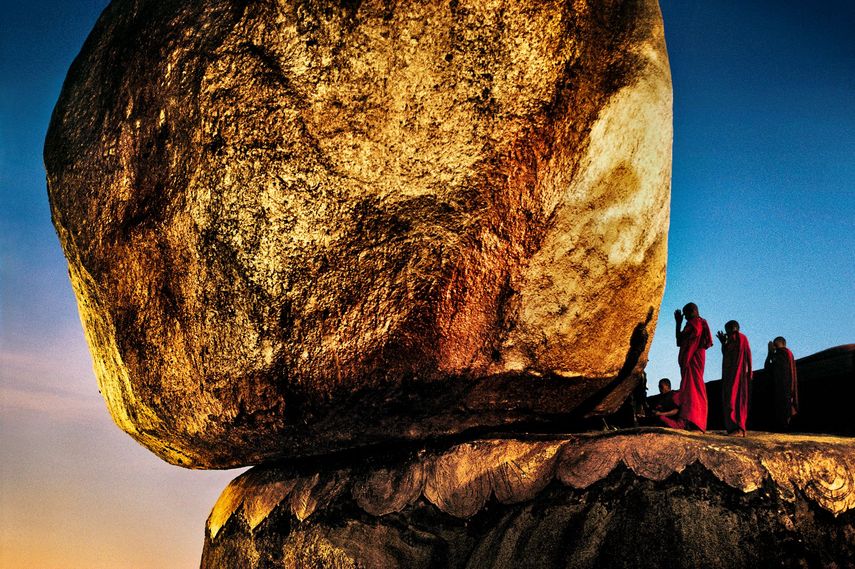
The Ongoing Journey
Widewalls: Your body of work spans conflicts, vanishing cultures, ancient traditions, and contemporary culture alike. How do you see the responsibility and relevance of documentary practice today and the scope of its voice?
SM: We are all part of the same human race, but we do things differently. How we operate with each other, how we dress, what kind of customs and religions we have. Exploring those differences is fascinating. Meeting people is about sharing things and maybe, on some level, about making the world a better place. The world is changing so fast and many of the cultures are fast disappearing. These cultures are distinct and different, and they fascinate me. A lot of places and events are going to be lost. To be able to identify places that still have a unique culture is what interests me. To preserve that uniqueness that is quickly disappearing.
Widewalls: Looking back on your long career, what have been some of the most challenging and most rewarding aspects of this journey?
SM: Shooting under fire, specifically in Iraq and Afghanistan, was very challenging and dangerous. Still, a photographer has to take calculated risks in wartime situations to document the truth of what is happening at a given time.
I was attacked in Mumbai by some drunken revelers while photographing on the beach and I almost drowned. Another time I was in a plane crash in Slovenia, and I found myself upside down underwater and unable to breathe. It was February and cold. By some miracle, I managed to get out of the plane.
The most rewarding part of my work is getting to wander and explore the world and tell those stories.
Widewalls: What is next for you? Any projects you will be taking on?
SM: In the coming year, I will be working on my next book and will be traveling to several countries in Asia looking for stories that need to be told.
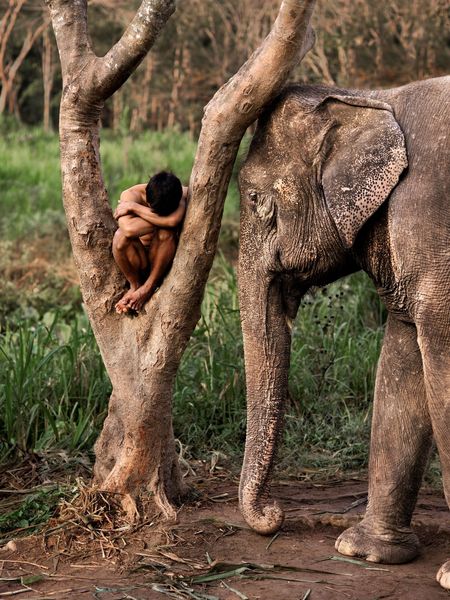
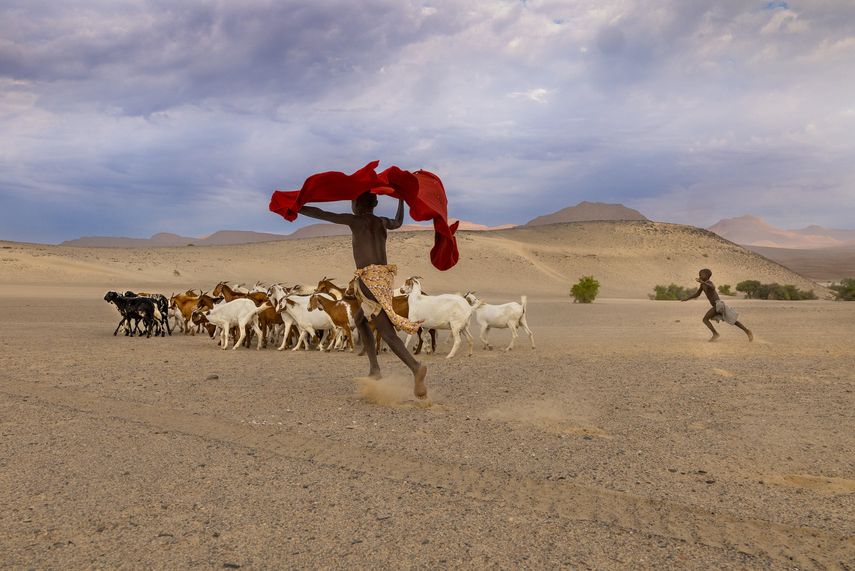


Can We Help?
Have a question or a technical issue? Want to learn more about our services to art dealers? Let us know and you'll hear from us within the next 24 hours.
